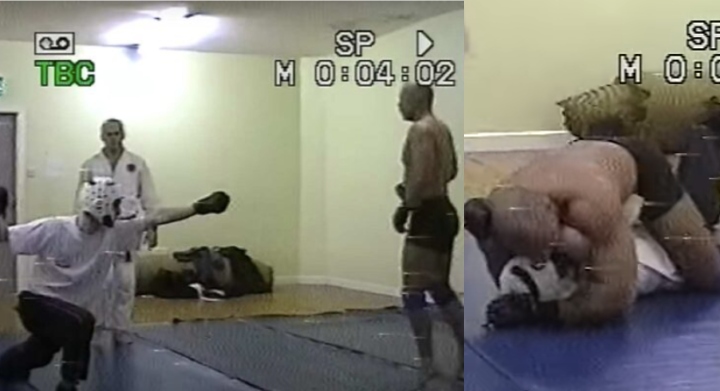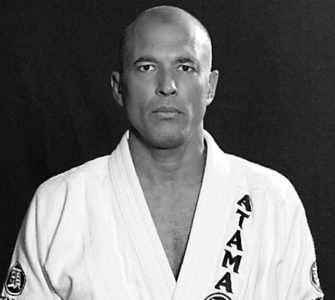In Athy, Ireland, a BJJ practitioner and bouncer, Gary Doyle, encountered a Kung Fu practitioner who doubted the effectiveness of Brazilian Jiu-Jitsu. This led to a challenge at Doyle’s training center, Athy BJJ, overseen by black belt Mick Aldridge. The Kung Fu student, demonstrating a theatrical martial arts stance, was quickly subdued by Doyle using BJJ techniques.
The fight, conducted under fair rules and filmed, ended with Doyle securing a rear naked choke.
The event underscored the practical effectiveness of BJJ in real-world situations and the importance of grappling skills in martial arts.
The effectiveness of Kung Fu versus Brazilian Jiu-Jitsu in a fight depends on various factors, including the specific styles of Kung Fu and BJJ being compared, the skill levels of the practitioners, and the context of the fight. Here are some considerations:
Techniques and Focus: Kung Fu encompasses a wide range of styles with diverse techniques, including strikes, kicks, joint locks, throws, and grappling. However, some styles of Kung Fu may focus more on striking techniques rather than grappling or ground fighting, which is a core aspect of BJJ. BJJ, on the other hand, specializes in ground fighting, submissions, and positional dominance.
Range and Environment: Kung Fu typically involves techniques suitable for various ranges, including long-range strikes, close-range strikes, and grappling. BJJ, while effective on the ground, might face limitations in stand-up fighting. Therefore, the environment and range at which the fight occurs can significantly impact the effectiveness of each martial art.
Training and Application: Both Kung Fu and BJJ require dedicated training to develop proficiency. BJJ practitioners spend considerable time learning techniques, positional control, and submissions, often through live sparring (rolling). Similarly, Kung Fu practitioners undergo rigorous training in forms (katas), applications, and sparring. The effectiveness of either martial art depends on the quality and intensity of training.
Adaptability and Strategy: Success in a fight often depends on adaptability and strategy. BJJ practitioners are trained to control and submit opponents on the ground, while Kung Fu practitioners may employ a variety of striking and grappling techniques. The ability to adapt to the opponent’s style, exploit weaknesses, and capitalize on opportunities can influence the outcome of the fight.
Individual Skill and Experience: Ultimately, the skill level and experience of the practitioners play a crucial role. A highly skilled Kung Fu practitioner may effectively defend against takedowns and submissions using their striking and grappling skills. Similarly, a skilled BJJ practitioner may quickly take the fight to the ground and dominate the opponent with their superior grappling techniques.



















